Due to some goings on this week (my niece Katie came for a visit💗), this will be a shorter than usual (but hopefully still inspiring or interesting) post.
I may be shortening my posts in general. I’m still relatively new to publishing on Substack and trying to ascertain whether one longer post per week is a good rhythm for me given my symptoms and recovery efforts. I’m finding that the last few posts took a bit of a toll on me, mostly through worsened fatigue, but I’m also finding that I just don’t churn out solid writing as quickly as I did in the “before times.”
I think this is because brain fog for me tends to go hand in hand with fatigue. I tire pretty quickly when working on the computer (<30 minutes) so my concentration is affected as well as things like word retrieval and my ability to piece together what I’m trying to say. I lose my path more easily. Often, I log in to find I must delete entire paragraphs from the day before that were just tangential twaddle.
Now for the sweet
On the whole, I have had a really good summer, dotted here and there with some quality family time.
A few weeks back, another of my nieces, Amanda, came for an overnight visit. She showed up around 8pm on a Saturday night and immediately sat down to chow on some of my epic tofu stir fry (tastes better than it sounds, promise). While we were hanging at the kitchen table, she showed me these two somewhat sort of juvenile-looking friendship bracelets. She said a little girl named Emma made them and was selling them at a table just outside the farmer’s market in the town where Amanda lives.
Amanda is both a talented artist and high school art teacher, but she has taught younger grades as well and just generally really seems to like children (she didn’t inherit this trait from her aunty, but it is endearing; I do strongly believe the world needs to include people in it who love rando future decision makers). So, she graciously asked Emma for her recommendations on which bracelets she should buy. Emma directed her toward the ones that said “Happy” and “Believe,” and so those were the ones Amanda bought from this enterprising tot.
Amanda then told me that one of the bracelets was for me and she asked which one I wanted.*
*One of the first rules of Aunty Club is that you NEVER turn down a gift from a sibkid (gender neutral term for niece/nephew), whether that gift is a four-year old sibkid’s piece of indeterminate “art” or a friendship bracelet meant for lilliputian wrists, and certainly not anything awesome they give you once they’re adults, including a range of store-bought things you can actually use or their own truly brilliant artwork.
Another thing you get trained to pick up on as an aunty is the possibility that your sibkid is really attached to something. The part of you that indulges them when they’re small children and puts their needs/wants ahead of yours never really goes away. So, although I knew instinctively which bracelet’s message was resonating with me, I still put the question back to her: “which one do YOU like better?”
She said, “I like the one that says Happy.”
I wanted the one that says Believe, so this worked out swimmingly. I told her that my heart was leading me toward the Believe one because it was falling perfectly in line with where I was lately in my recovery journey:
you have to believe you can recover before you actually do
Amanda smiled and said she was thinking of the Believe one for me for this very reason. Warm aunty/niece fuzzies! 🥰
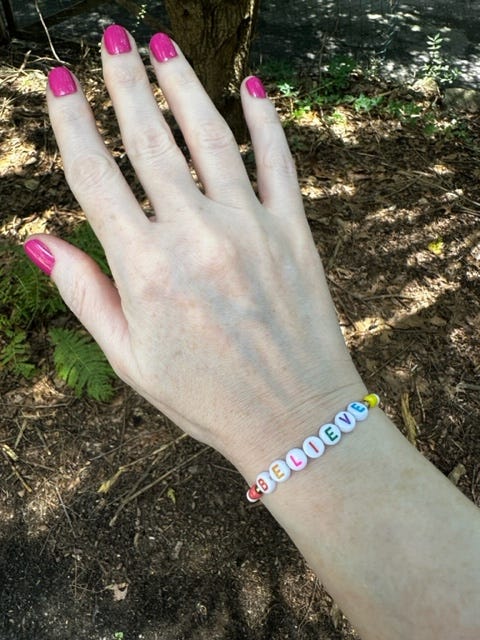
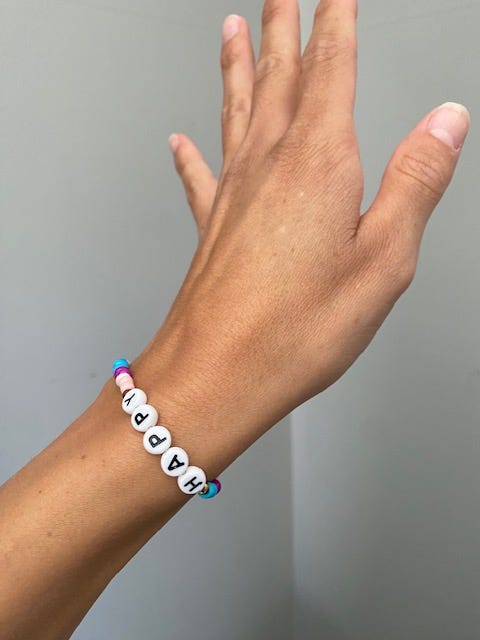
The power of belief
For the first let’s say two years of being very sick, I didn’t want to hear anything like “you have to BE-LIEVE!” That felt like toxic positivity garbaggio, and I am a realist and a cynic much of the time. I’m an atheist, for Pete’s sake! (I don’t know which Pete and why, but he already seems more credible to me than a scriptural skydaddy. Also, ironically, I happen to have a godson…named Peter 🤷🏼♀️).
I never liked calling myself a “non-believer,” because I believe in plenty of things – being kind and just and fair, to name a few – just not dogma and god-talk. It always kind of bugged me when people imply that religionists have cornered the market on belief.
I digress. In 2022, I enrolled in the Gupta Program, a neural retraining program specifically for folks with ME/CFS, long COVID, and similar illnesses. I have also recently been consuming Dan Buglio’s videos on his YouTube channel, Pain Free You, as well as the recovery stories and brain retraining videos on Raelan Agle’s YouTube channel.
The premises are all basically the same:
the brain believes what you tell it
and
neurons that fire together, wire together
To me, and to others who have recovered from Long COVID and ME/CFS, that means that if a lot of your thoughts and self-talk focus on the presence and severity of your symptoms, on how much life sucks now that you can’t do many or all of the things you used to do, on how you haven’t gotten better in X months or years so you’ll therefore never get better, these messages keep getting reinforced to your brain and neural pathways will form that will keep you in some ways ‘stuck’ in these particular belief loops.
Disclaimer: none of this means you’re not genuinely sick. This does not mean that your illness is psychosomatic or ‘all in your head.’ However, these thought patterns keep your mind and body in a state of hypervigilance (incessant worry, fear, dread, watchfulness). This means that your mind will tell your body that it’s constantly in danger (for more on this, check out the cell danger response by Robert Naviaux), and your energy-producing mitochondria will stop making energy for your cells so that they can spend their time fighting a real or perceived danger (true pathology, inflammation, etc. OR assumed continual pathology or inflammation).
Sending messages of calm and safety to your brain and body can help restore your body’s innate ability to heal from whatever pathology is going on. This is why COVID long haulers are often told to do things that tone their vagus nerve – the longest nerve in the human body and one that impacts the body’s parasympathetic stress response. The vagus nerve can be toned through things like as meditation, mindfulness, restorative rest, humming, singing, soothing self-talk, and spending time in nature.
Dan from YouTube often says this quote from B.J. Palmer: “Nature needs no help, just no interference.”* Years ago, the privileged sick were sent to convalesce from illnesses like ours by the ocean, in the fresh air, with no worries or stressors to interfere or keep their danger response heightened. Of course, they didn’t know then that there was actual biology behind this approach; they just knew that it often worked wonders for healing and recovery.
*When I went to double check that quote, one of the search results was for a place called the Seaside Wellness Center - take me there, now!
Bringing this in for a landing
So, this is why I chose the Believe bracelet, to serve as a reminder that so many of the recovery stories I’ve listened to started with believing that you can heal. Or, in the words of Alex Howard, author of Decode Your Fatigue and recovered ME/CFS patient, you have to decide you can heal. This kind of determination leads to the next steps in his recovery outline: devise a plan for healing and then do the steps in the plan.
Decide, devise, do. It could very well be just that simple.
🥳 The After-party 🥳
*a better name for the section at the end formerly called Post-script. Announcements, links to articles and studies, recommendations and shout-outs, and miscellany joy and/or tomfoolery.
🔬 IMPORTANT - The Yale LISTEN study I am enrolled in desperately needs healthy participants to effectively compare study outcomes for those of us who have Long COVID. You can enroll as a healthy participant whether you’ve never had COVID-19 or have had it and made a full recovery. Participation is all done remotely. For more information, you can email them at listenstudy@yale.edu or click on the study name above. Tell them that Amy from Substack’s Long COVID and ME sent you.
📖 Exciting news! A short essay I wrote will appear in an anthology called The Long COVID Reader (viral-loops.com) being published this fall (the brainchild of the talented writer and visionary
!). This anthology will feature essays, stories, poetry, and commentaries that explore the challenges of living with Long COVID. My particular essay is on what it meant to give up my career. There are 44 other gifted voices whose work will appear as well. Follow the link and stay tuned for a Kickstarter book launch!👩🏾💻 Join in on a webinar of the Infection Associated Chronic Conditions Patient Advocacy Coalition. Information below and register here: https://bit.ly/IACCPACWebinar
🤓🦠Did you know? Two-thirds of all Post-COVID clinics in the U.S. do not accept patients who never tested positive. This is an abomination for those who could not access testing in the early days of the pandemic, or for those like me whose PCR and antibody tests came back negative. Many of us launched a T-cell response to the virus, not captured by either test. A new article in Stat discusses a study on this very topic: People can get long Covid without testing positive for virus: Study (statnews.com).
From the article: “We estimated that there were approximately 10 million people in the first year of the pandemic in the U.S. who are in this predicament: who got Covid, got long Covid, but tested negative for Covid,” said Igor Koralnik, who led the study and is the chief of the division of neuroinfectious diseases and global neurology at Northwestern Medicine.
The problem? Dr. Ziyad Al-Aly said it best: “Restricting access to care [for] long Covid to people who had established disease will disenfranchise and really marginalize people who are actually likely the most vulnerable among us.” The healthcare system in the U.S. is already so good at doing that 😡, as discussed in my last post.
🎶My awesome college bestie Rachey (Rachel to most of you) turned me on to some new music this week. Check out The Mammals:
😺💩 Cat dump! A new weekly feature - meee-ow 😻
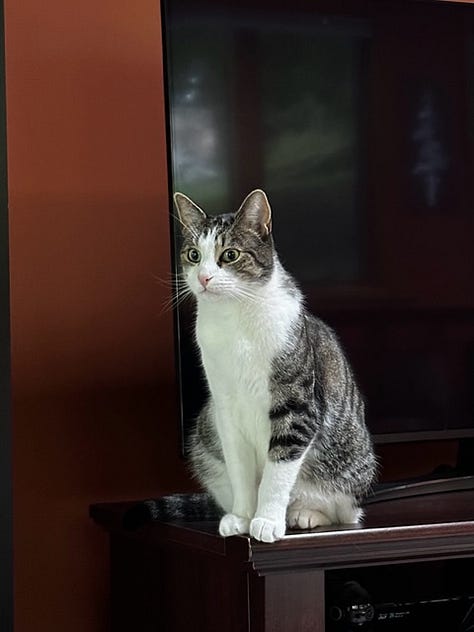

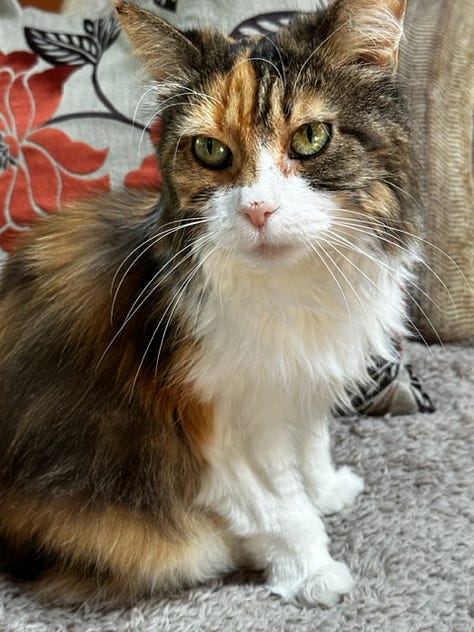
If you liked what you read here, please hit the like button (the❤️near the top) or leave me a comment (the💬near the top) and tell me your thoughts. Please also share with anyone who may be interested. See y’all next week!






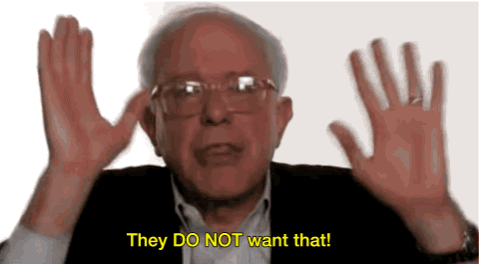

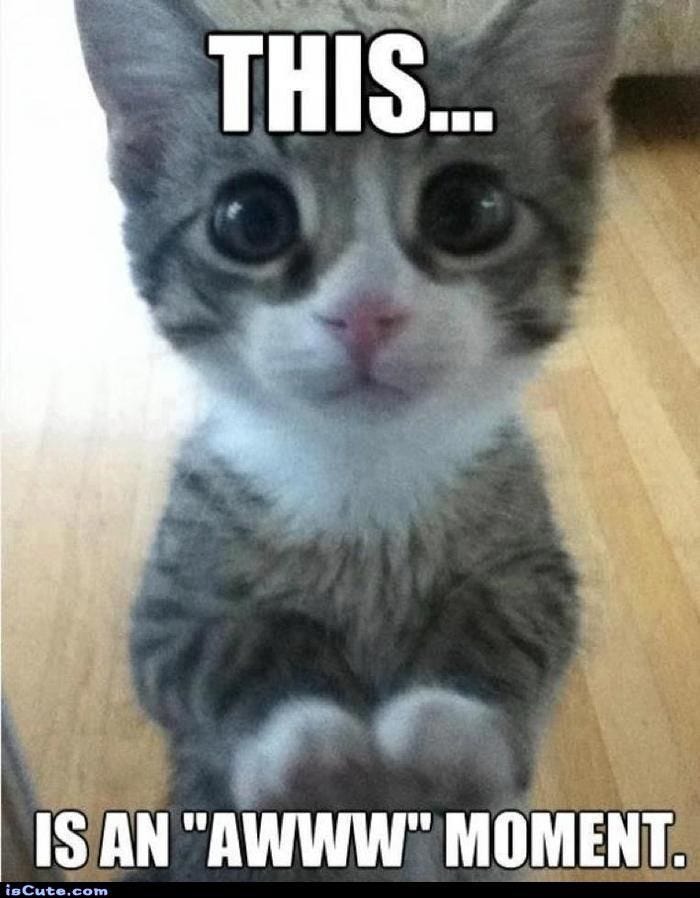
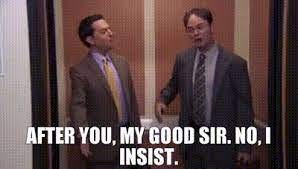

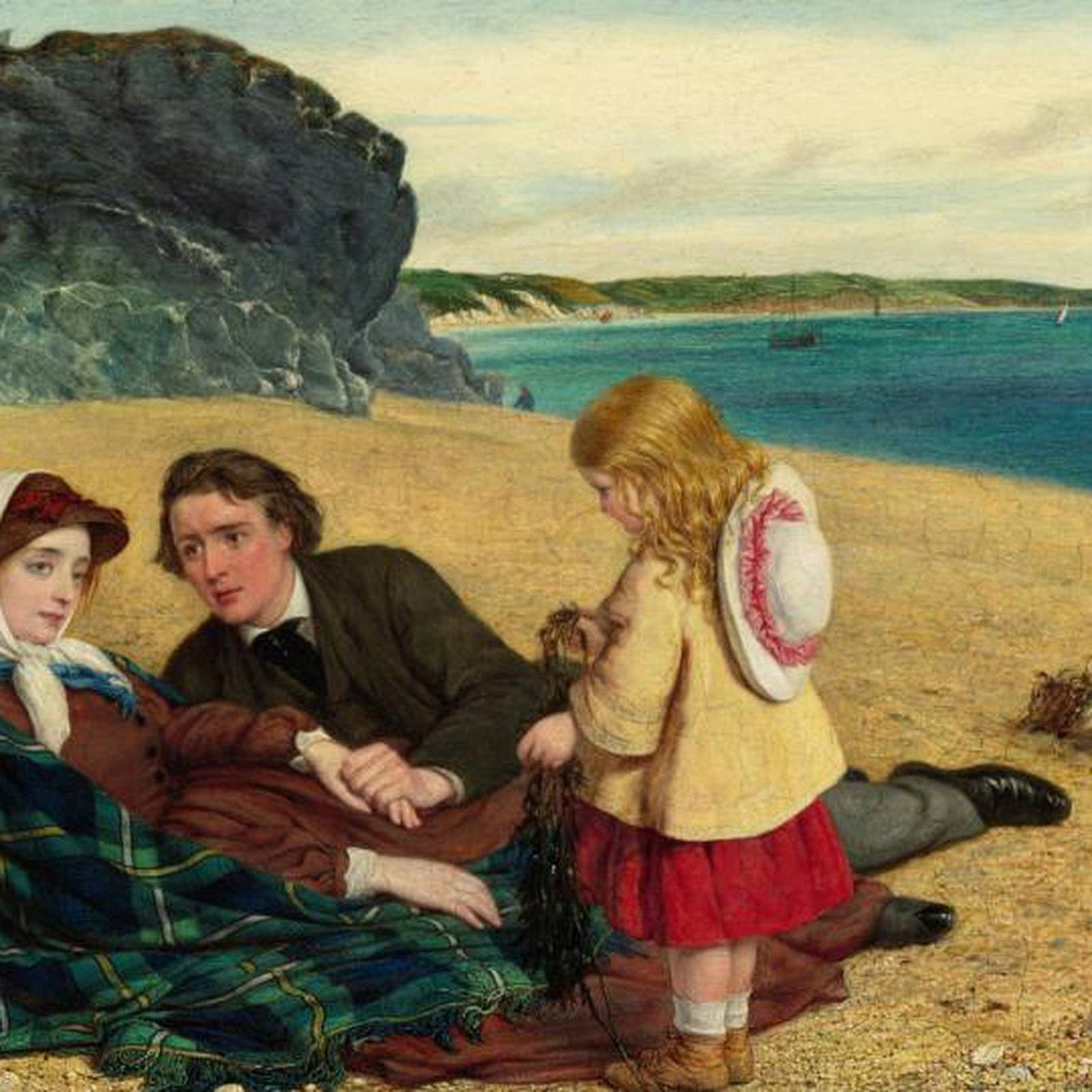

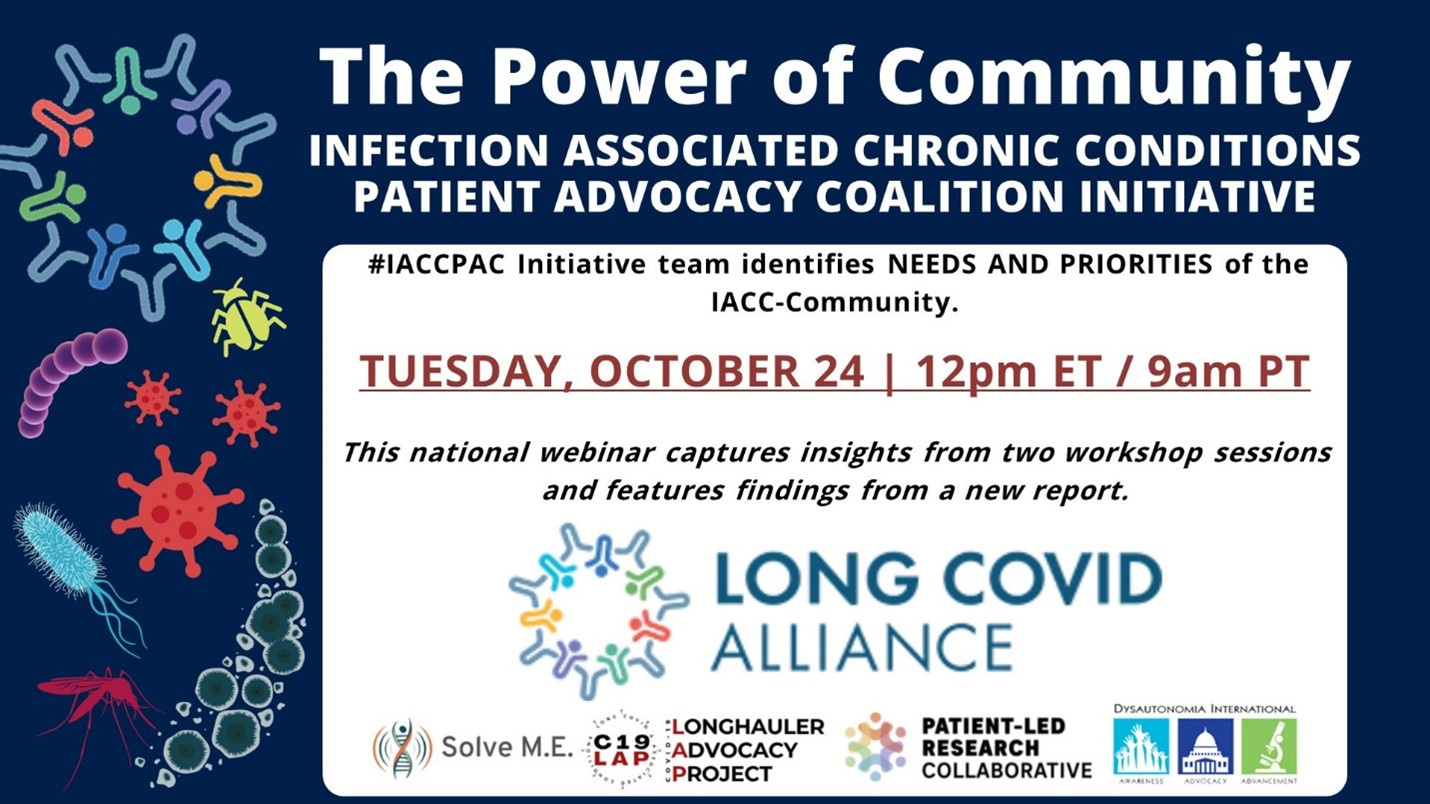

As a fellow Long COVID sufferer in my 14th month it’s great to read about your experiences of this debilitating and life-sucking illness. I also hold strongly to the belief that I will get well and that acceptance and gratitude are significant aspects of recovery. It’s important to find joyful moments in each day. ☀️🌿
Screen fatigue is my biggest challenge these days. I can go about an hour or so, depending on how focused I get, before I have to stop and do something physical, like tackling a chore. Trying to find the right words and put them together in ways that make sense - ditto. Yes yes.
And cats! I knew I liked you for some reason. 😉 Planning on posting pics of my rascals soonish. I'll take all the cat pics. 😸